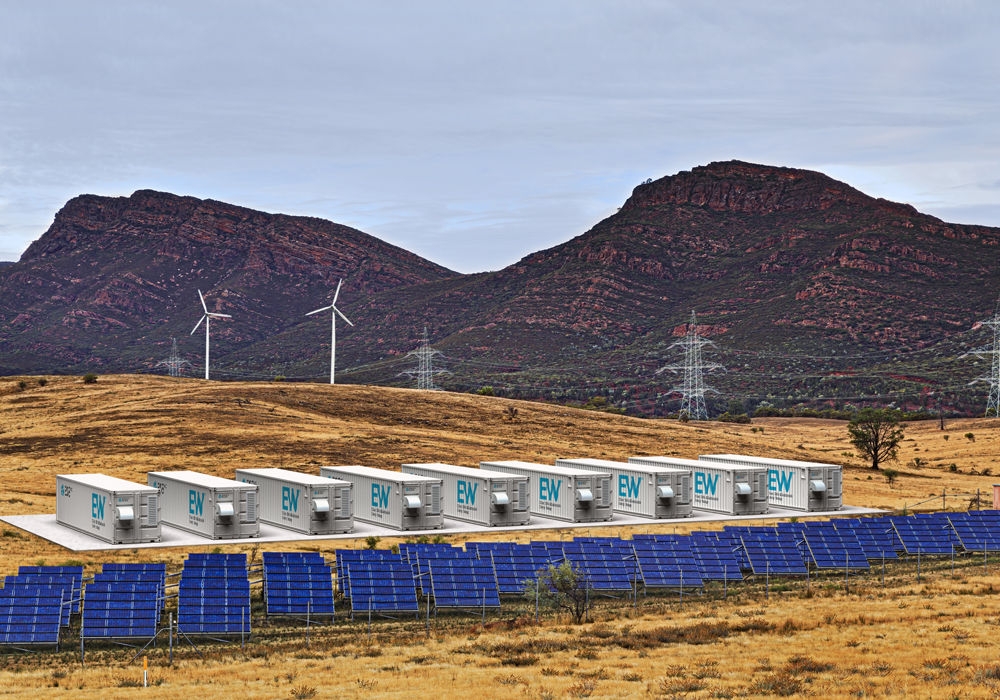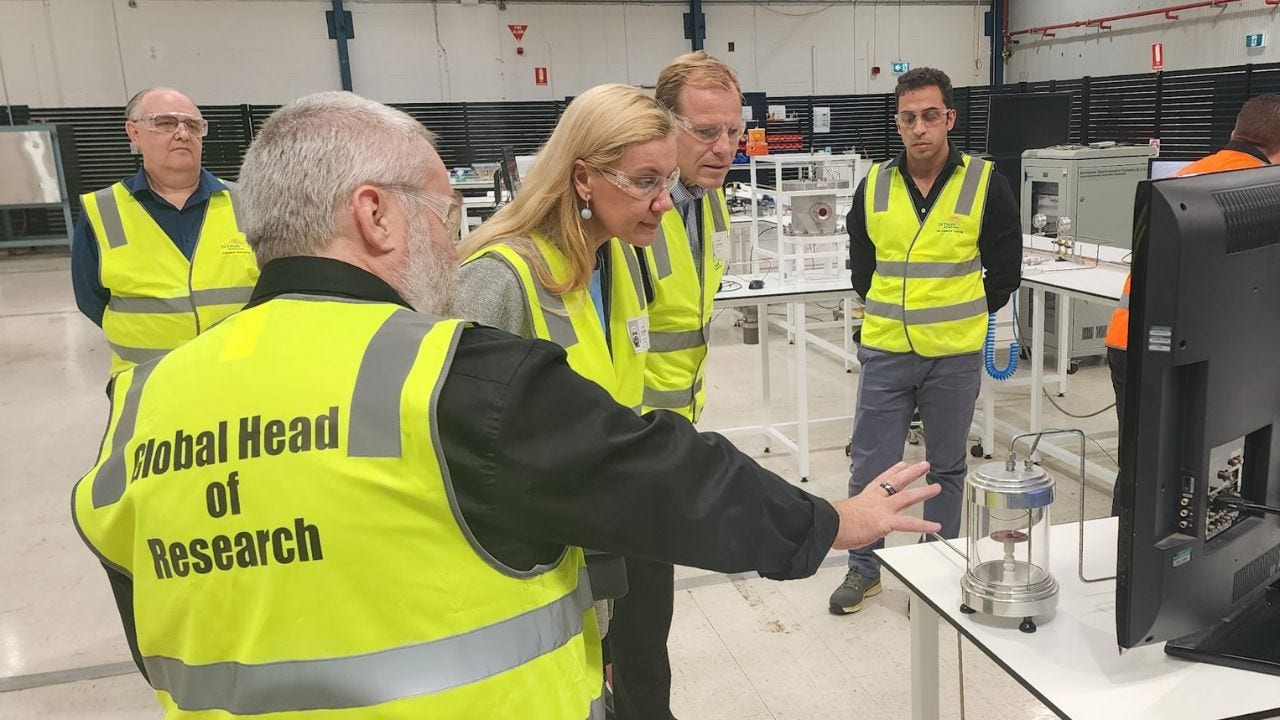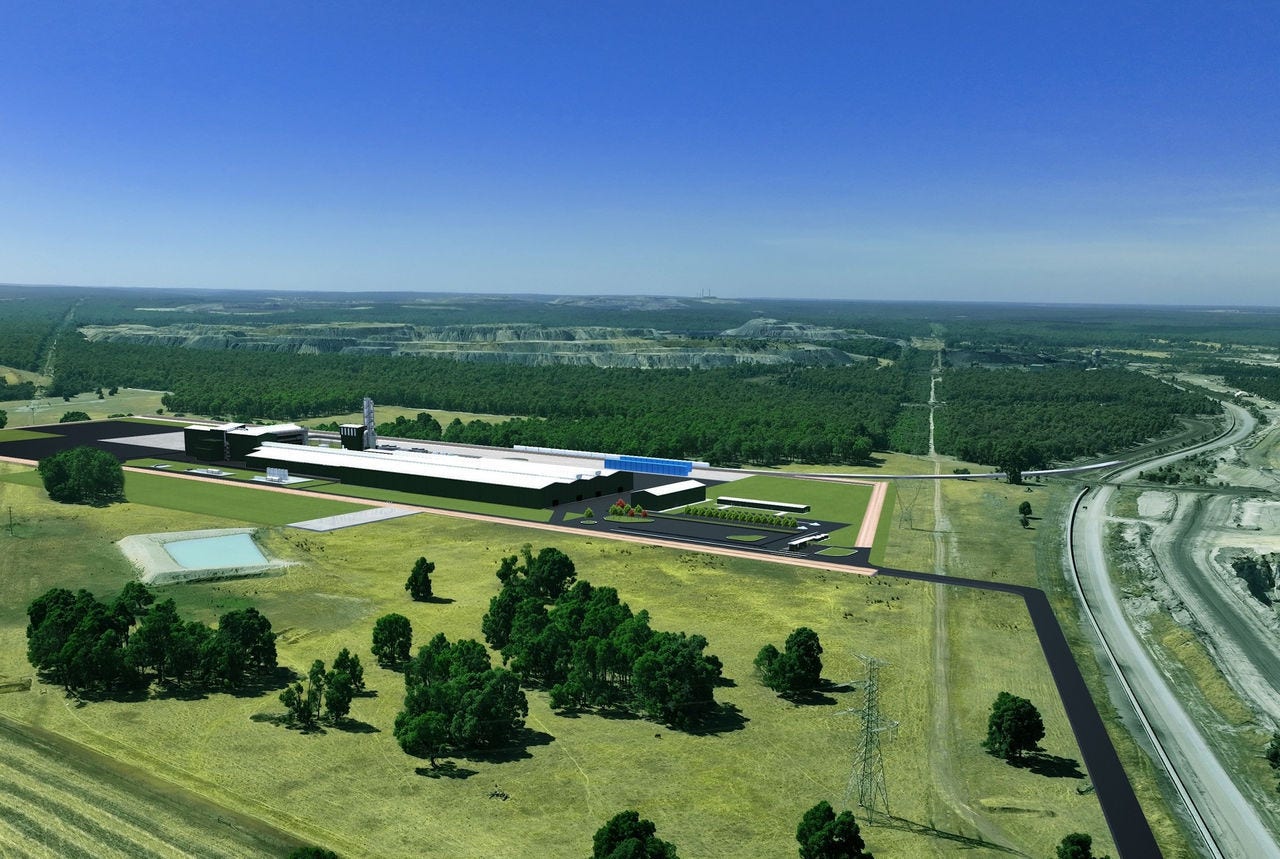ESS partners with Australian company ESI to build iron flow batteries in Queensland
ESI will build a A$70 million facility in Queensland to assemble ESS’ Energy Warehouse systems.
US-based ESS Inc. (ESS) and Australia’s Energy Storage Industries (ESI) have formed a partnership to assemble and distribute large-scale iron flow batteries across the Oceania region.
Under an agreement signed in 2022, ESS will initially supply Energy Warehouse systems manufactured in the United States to ESI. Beginning in 2025, ESI will begin conducting final assembly of Energy Warehouse systems in Queensland, with core technology supplied by ESS, for distribution across Australia, New Zealand and Oceania.
Founded in 2011, ESS manufactures long-duration energy storage (LDES) systems for utility- and commercial-scale energy storage applications. The company’s technology uses iron, salt and water to produce solutions that provide up to 12 hours of flexible energy capacity.
By avoiding the use of critical minerals such as vanadium, lithium or cobalt, iron flow batteries minimise environmental impacts in the supply chain. The batteries are also safer, reducing the need for fire suppression equipment, secondary containment or hazmat precautions. In addition, most of the battery system can be recycled at the end of their life.
Australia brims with opportunities for battery manufacturers
Australia has a legislated goal to reach net zero emissions by 2050. The Australian Government has introduced policies and initiatives to encourage the deployment of renewables. Australia has also released a National Battery Strategy outlining plans to build its battery manufacturing industry. This includes building stationary energy storage to transition Australia’s grid to renewable energy.
‘The Australian Government has taken a progressive view on decarbonisation,’ says ESS CEO Eric Dresselhuys. ‘Massive solar and wind farms are springing up across the country. Green hydrogen hubs are under development. These projects require large-scale energy storage systems. For somebody in the battery business, Australia is filled with opportunities.’
Dresselhuys says deploying batteries is a massive undertaking that requires working with government or large enterprises. ‘In Australia, we could partner with like-minded companies that would allow us to scale our business relatively quickly,’ he says.
‘We could have sought to grow our business in any number of places – but Australia offered the right combination of regulatory imperative, business-friendly environment and appealing partnership opportunities. We are confident of a long-term future in Australia.’
A shared vision on sustainable energy storage solutions
ESI manufactures, installs and maintains renewable energy storage solutions. The company is aiming to produce 200 MW/1.6 GWh of energy storage annually by the end of 2026, with plans to expand to 400 MW/3.2 GWh.
ESI’s ambitious plans aligned with ESS’s goals. ‘We wanted to work with a business that was plugged into the Australian energy ecosystem to ease our market entry,’ says Dresselhuys. ‘ESI wanted to do something innovative that addresses Australia’s specific needs – and we had the technology. We are a great match, with compatible business models and a shared vision for the future.’
 ESS and Energy Storage Industries are partnering to assemble and distribute large-scale iron flow batteries.
ESS and Energy Storage Industries are partnering to assemble and distribute large-scale iron flow batteries.
Testing iron flow batteries for Queensland’s electricity provider
In January 2023, ESI commissioned the first ESS iron flow battery in Australia at the National Battery Testing Centre at the Queensland University of Technology. Among the first to see the battery in action was Stanwell Corporation, a state-owned provider of electricity and energy solutions to Queensland and the National Electricity Market.
In August 2023, ESI and Stanwell Corporation signed a memorandum of understanding to pilot a 1 MW/10 MWh iron flow battery system. The pilot project was the first in Australia to test iron flow batteries. It would determine if the technology can be deployed at scale, and if they can be used for medium-duration energy storage (8–12 hours). The battery system would be used to support the electricity network when demand is high demand and renewable energy generation is low.
ESI has installed 20 iron flow batteries at Stanwell’s A$100 million Future Energy and Innovation Training Hub, part of the company’s Clean Energy Hub in Rockhampton, Queensland. The hub tests new energy technology including wind, solar, hydrogen and battery storage.
ESI will build a A$70 million facility in Maryborough, Queensland to assemble ESS’ Energy Warehouse systems, starting in 2024. The facility is expected to create up to 500 jobs.
‘Installing, commissioning, operating and servicing the batteries can all be done by Australians,’ says Dresselhuys. ‘This work will drive economic activity in Queensland.’
The Queensland Government has a legislated goal to reduce emissions by 75% below 2005 levels by 2035 and net zero emissions by 2050. ‘That level of leadership is attractive to companies like ESS,’ says Dresselhuys. ‘We all want to go to places where there’s a lot of activity and customers to grow our businesses.’
How Austrade helped
Austrade’s North America and onshore teams have supported ESS since 2018. Austrade has:
- provided information on Australia's energy industry, government priorities and investment incentives
- facilitated introductions to state government agencies and major Australian energy companies
- provided information on Australian wildfire response and preparedness initiatives, with a focus on communities that want to replace diesel generators with safer alternatives
- shared tender opportunities and advice on tender processes.
‘Energy is a heavily regulated industry,’ says Dresselhuys. ‘Having Austrade on our side has helped accelerate our market entry. They introduced us to key players in the energy industry and kept us up to speed on what’s happening in the Australian market.
‘For a business like ours, staying on top of energy regulations and policies is an important part of decision-making. If you don’t have confidence in the regulatory regime, it’s very hard to make long-term investments in the market.’
Future plans
ESS sees these projects as ‘giving birth’ to the next phase of ESS’ growth.
‘We’re going to see a potentially massive increase in demand for long duration storage, not just in Queensland, but across Australia,’ says Dresselhuys. ‘We’ve got to get moving a lot faster to build at the scale that’s going to be needed to meet decarbonisation goals.’
Dresselhuys imagines a future where ESS’ energy storage solutions can be paired with renewable energy resources and installed in regional and rural communities.
‘It would give communities in remote areas a consistent and reliable source of power,’ he says. ‘It could help transform the lives of people living and working in these areas.’
Subscribe to the Investment Update newsletter
Find out about new investment opportunities, insights and investor success stories across Australia.


